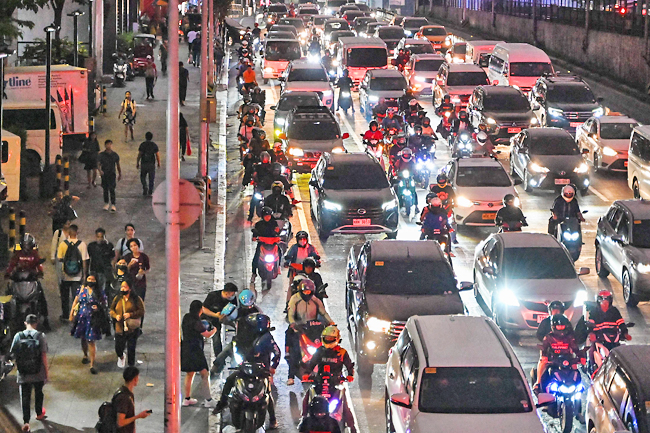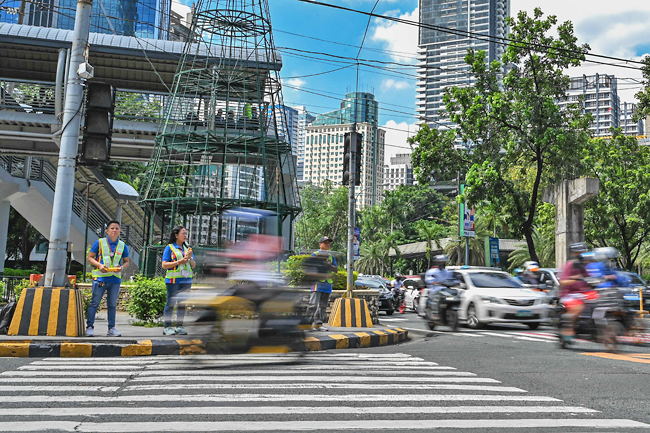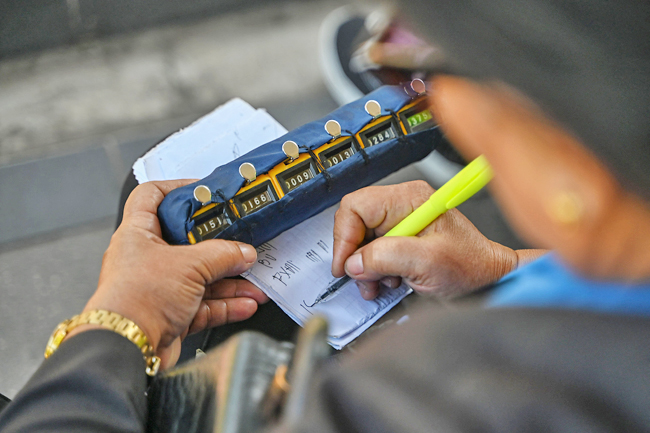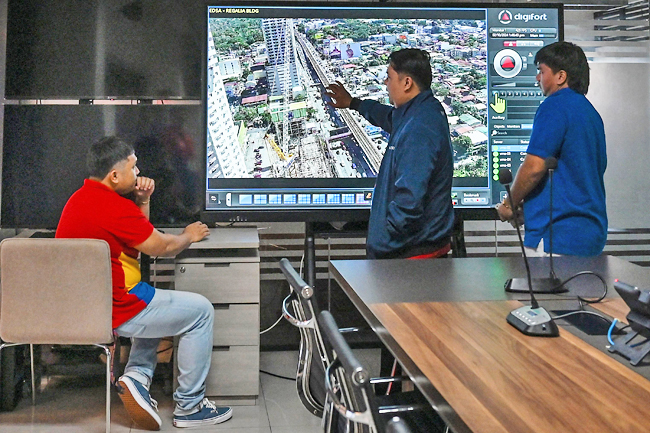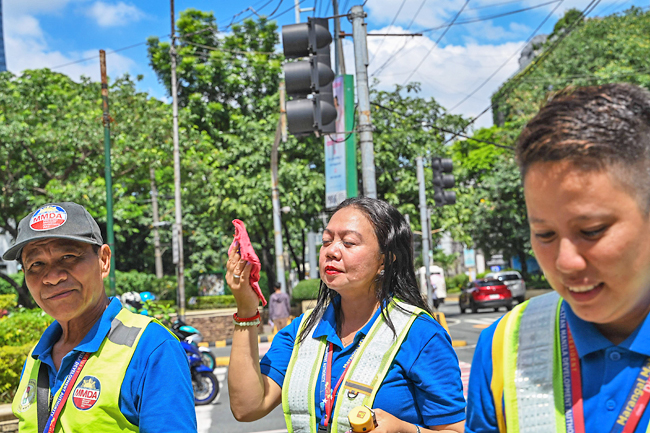MANILA (AFP) – Perched on a flowerbox at a busy intersection in the Philippine capital, Irna Lapriza’s eyes jump from one car to the next, her fingers flying across manual tally counters as she logs each passing vehicle.
Rain or shine, through floods and car exhaust pollution, the 41-year-old holds the fort as carmageddon plays out each day in the Southeast Asian metropolis infamous for its terrible gridlock.
Her tallies end up with the traffic engineers of the Metropolitan Manila Development Authority (MMDA), who design and propose inexpensive traffic solutions.
“We’re happy with this job because we know how important it is. We don’t mind it when people belittle what we do,” Lapriza told AFP.
Her pink manicured hands rest on six linked cylindrical counters – each for a different type of vehicle.
She routinely logs about 7,000 cars, motorbikes and more during an eight-hour shift that earns her around PHP17,000 (USD303) a month.
Lapriza has been at it for 10 years, even though she gets the occasional headache from prolonged exposure to the tropical sun.
The city government employs just 34 manual car counters, who wear reflective yellow safety vests and are deployed to at least 16 major roads.
“The data our traffic surveyors get from counting cars on Metro Manila roads is very important,” said head of the MMDA’s traffic survey section Mar Anthony Santos.
“It serves as the foundation for our traffic engineering interventions and policies.”
Based on the counters’ data, Santos said the MMDA installed a dedicated motorcycle lane and succeeded in reducing the frequency of accidents at Commonwealth Avenue, a northern Manila thoroughfare used by 408,000 motorists per day.
Vehicle speeds on the avenue, previously notorious for crashes, also improved by 24 seconds over the roughly seven-kilometre stretch.
It takes Lapriza 45 minutes to commute the same distance to work every day by jeep in another part of Manila.
Santos said tests showed a manual count was more accurate than using artificial intelligence, as CCTVs cannot count accurately at night or during heavy rain due to glare from headlights.
Manila, a sprawling metropolis of 13 million people, has the world’s worst traffic gridlock, according to one survey. The average travel time is 25 minutes and 30 seconds over 10 kilometres, according to traffic data provider Tomtom’s 2023 traffic index report.
“That’s why we are so determined to do this job well, because I also suffer from the traffic jams,” Lapriza said.
